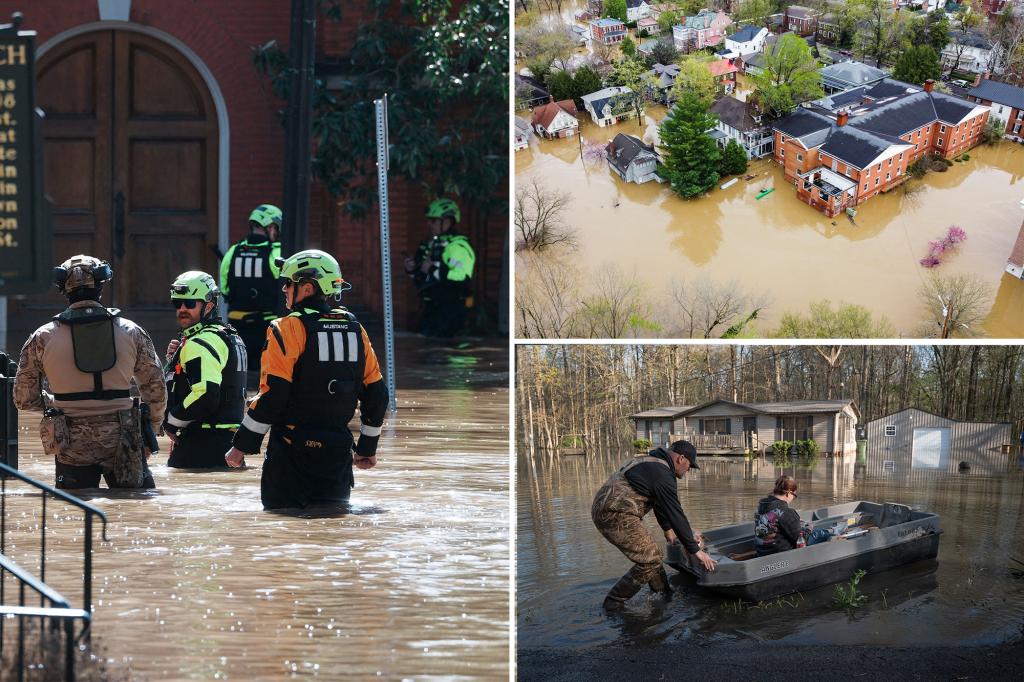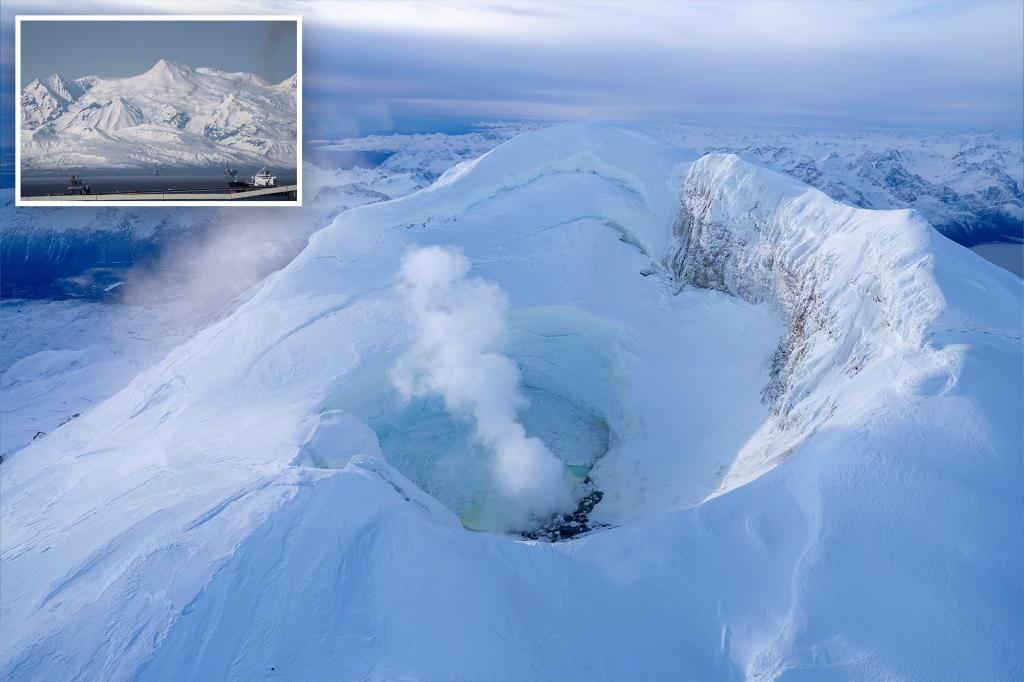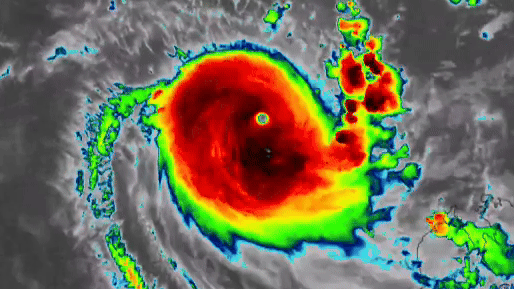Historic Flooding Claims 24 Lives as Towns Submerge in Unprecedented Disaster
A catastrophic deluge has ravaged multiple regions, claiming at least 24 lives and submerging entire towns under record-breaking floodwaters. Over the past 72 hours, relentless rainfall—exceeding 15 inches in some areas—overwhelmed aging infrastructure, forcing mass evacuations and leaving thousands homeless. Emergency crews continue search-and-rescue operations as meteorologists confirm this as the worst flooding event in the region’s recorded history.
Communities Underwater: The Human Toll
In the hardest-hit town of Millfield, population 8,200, brown water now laps against second-story windows where families once ate dinner. “We lost our pharmacy, our grocery store, and our elementary school in six hours,” said Mayor Elena Rodriguez, her voice cracking during a press briefing. Preliminary damage assessments suggest:
- Over 4,300 structures severely damaged or destroyed
- 18 bridges rendered impassable
- 90% of farmland in three counties underwater
Dr. Marcus Wei, a climatologist at the University of Colorado, warns this fits a dangerous pattern: “Since 2000, we’ve seen a 43% increase in 100-year flood events occurring every 12-15 years instead of century-long gaps. The math no longer reflects our reality.”
Failed Defenses: Why Infrastructure Couldn’t Withstand the Deluge
The flooding exposed critical vulnerabilities in regional flood control systems. Built in the 1960s for storms carrying 8 inches of rainfall, the levees collapsed under double that volume. Federal inspection reports from 2021—obtained by this publication—show 14 of the breached barriers were rated “poor” or “very poor” in stability assessments.
“We’ve been patching these systems like old tires,” admitted civil engineer Deborah Kwon, who consulted on the region’s water management plan. “The $2.3 billion upgrade proposed in 2018 stalled in congressional committees. Now we’re paying that price in lives.”
Climate Connections: Warmer Atmosphere, Wetter Storms
Scientists point to clear climate change fingerprints on this disaster. For every 1°C of warming, the atmosphere holds 7% more moisture—supercharging rainfall intensity. The National Oceanic and Atmospheric Administration (NOAA) reports:
- Global precipitation extremes increased 18% since 1950
- 1-in-50-year flood events now 30% more likely worldwide
- $128 billion in U.S. flood damages since 2010
Yet perspectives diverge on solutions. While environmental groups demand rapid decarbonization, agricultural lobbyists emphasize local adaptation. “Farmers need contour plowing subsidies, not political debates,” argued Brent Dawson of the Rural Resilience Coalition.
Road to Recovery: What Comes Next?
With water levels expected to remain high for weeks, displaced residents face agonizing uncertainty. Temporary shelters report overcrowding, while health officials warn of mold outbreaks and contaminated wells. FEMA has designated seven counties as disaster areas, unlocking federal aid, but survivors describe bureaucratic hurdles.
“We submitted our application three days ago,” said flood victim Tamika Reynolds, holding her sleeping toddler in a Red Cross tent. “They keep asking for paperwork that’s floating somewhere down the river.”
Building Back Better: The Resilience Debate
As reconstruction planning begins, a fundamental question emerges: Should communities rebuild as before or retreat from floodplains? Dutch water management experts, invited to consult on the crisis, advocate for “living with water” through innovations like:
- Amphibious housing foundations
- Strategic floodplain restoration
- AI-powered early warning systems
“The next disaster isn’t an ‘if’ but a ‘when,'” cautioned Dr. Wei. “We must stop pretending these are acts of God rather than failures of preparation.”
How You Can Help: Verified relief organizations are accepting donations for flood victims through the National Voluntary Organizations Active in Disaster (NVOAD) network. Officials urge cash contributions rather than material goods to ensure targeted assistance.
See more Your Daily Weather



